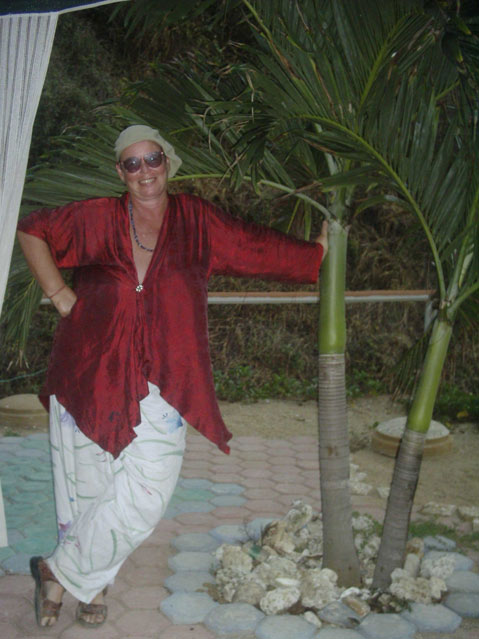Picking up Face Reading
It's Complicated
I believe I mentioned that adding face reading to my repertoire was one of my goals for my third trip to India, which is why I was so delighted to have met the chap in Khajuraho who started to give me my first treatment. And since he had asked me to teach him Tarot in exchange for lessons in face reading, and he needed a deck, I went into a store the first day I was here. At Indica Books I picked up three books for just over 500 rupee: Face Reading, by Manoj Publications; Face Reading: The Mute Language, by Arti Sharma, published by Goodwill Publishing House in New Delhi; and The Power of Face Reading, by Rose Rosetree.

According to Dr. J.P Singh’s Manoj volume, physiognomy, or interpreting character and destiny from studying a person’s face, was first written about by Aristotle in Displaying the Secrets of Nature Relating to Physiognomy.
Although the fellow who sold me the books had no idea how I could find anybody to teach me in Varanasi, I remembered that one of the palmists I went to, during my second visit to India, incorporated face-reading into his practice, which is why I came back to pursue the practice.
Apparently, some Hindu scriptures discuss how a person’s character and fate are indicated in the shape, lines, and markings on the face and forehead. The observations are a rigorous process.
You have to observe the front and sides of the person, looking very closely for zones indicating “mental,” “practical,” and “basic.”
The four shapes are square, rounded, conical, and oval.
Then you compare the face to the shape of animals.
Then you look at different parts: neck, chin, jaw, lips, teeth, cheeks temple, nose, eyes, eyelashes, and so forth.
You also look at the skin and moles.
As with palm reading, after you look at all the parts, you put it back together to conclude a whole.
I think it will take a while to get back to you with anything conclusive. It is connected with evolution, and Darwin, but also Indian myth. Also crucial in understanding face reading is grasping the spiritualist understanding that the body is not the result of the composition of physical elements, but that the soul exists beyond birth and death and lives beyond the body in which it is situated when a person gets a reading, whether it is of the face, the feet, or the hands. This is why Indian palmists so naturally integrate samudriika shastra, body language, or physiognomy into their practice, which may surprise western palmists.



